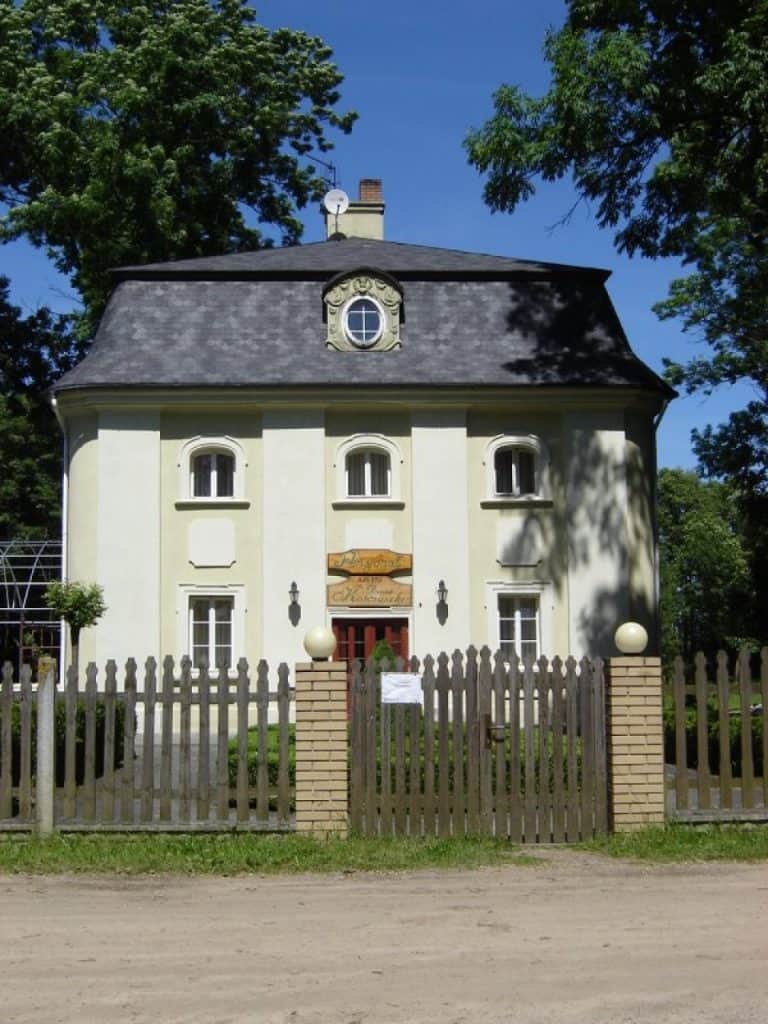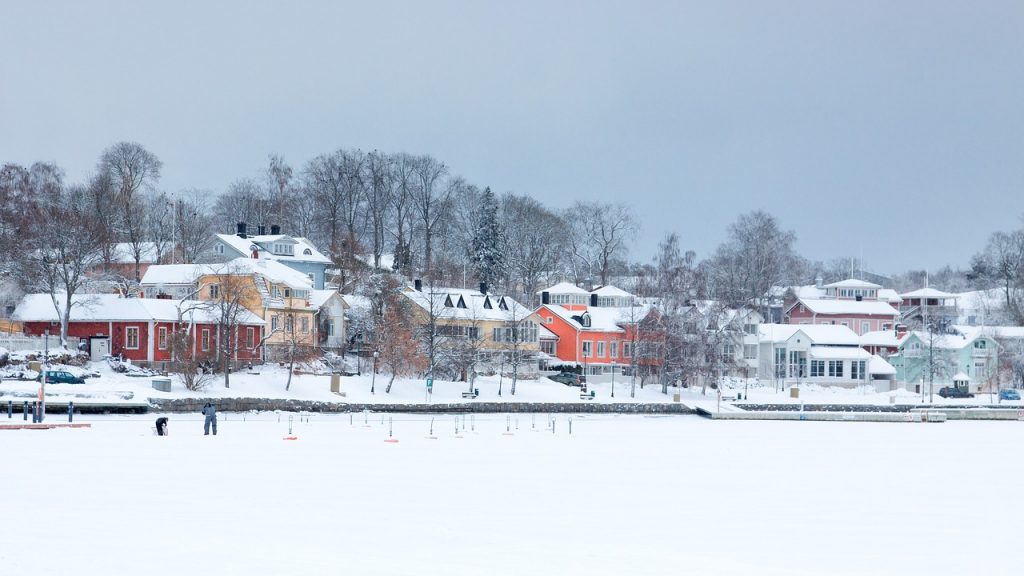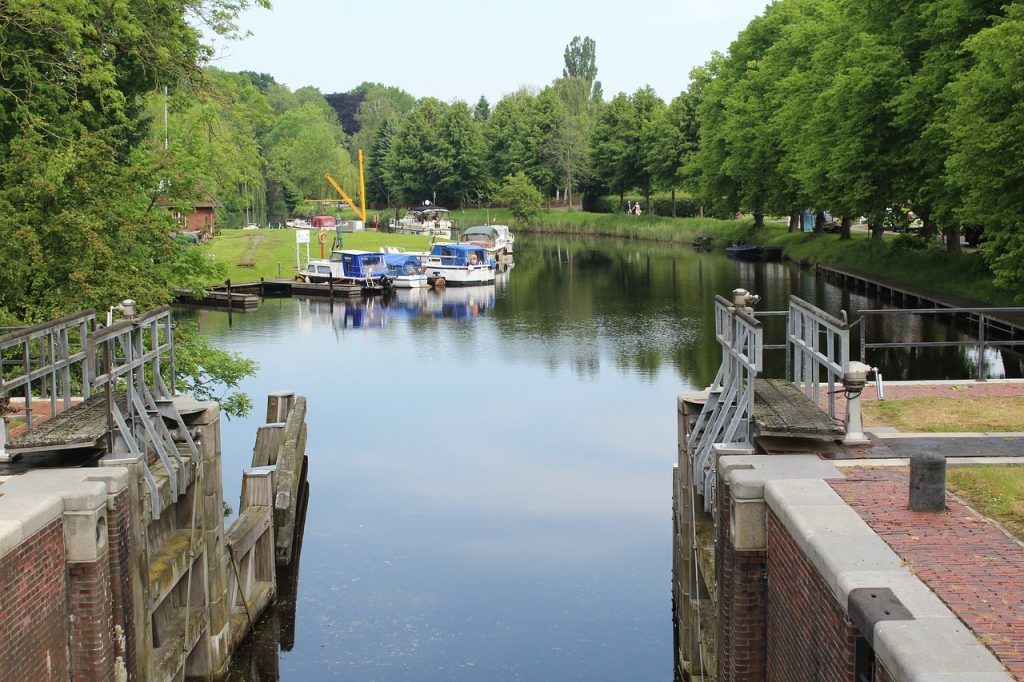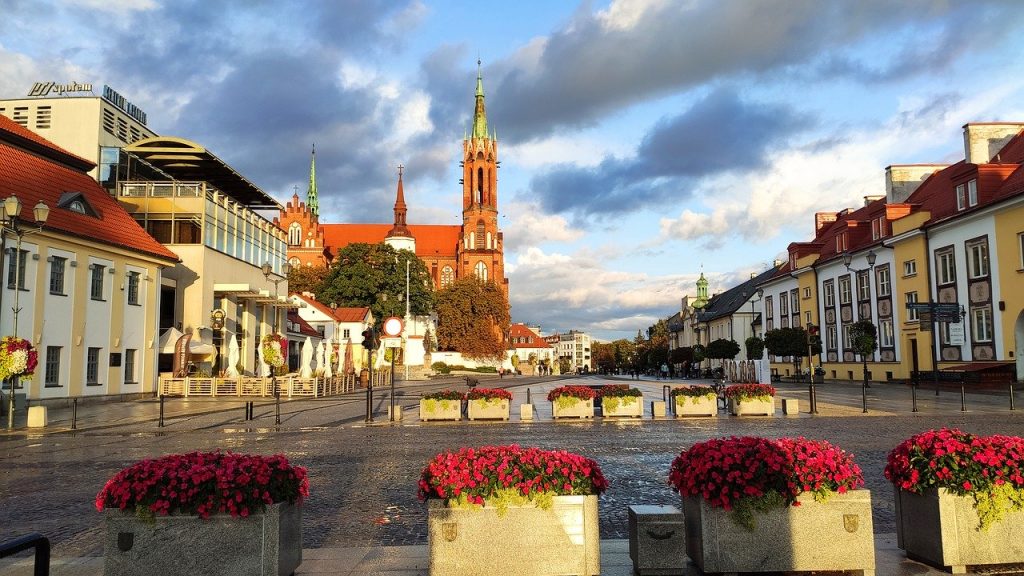Sosnowica is the place where Ludwika Sosnowska stole the heart of Tadeusz Kościuszko.

The history of Sosnowica
A village on the Piwonia river and the Wieprz-Krzna channel, located in the Parczewski poviat. The seat of the municipal authorities and the Parczew Forest District. From the 16th to the 19th century, it was the center of the Sosnowski family’s estate of the Nałęcz coat of arms. The most famous of the family is Józef Sosnowski – the favorite of King Stanisław August Poniatowski, who received numerous honors from his hands. In 1774, young Tadeusz Kościuszko appeared at the Sosnowski court, whom Sosnowski hired as a teacher of French and drawings for his daughters. Tadeusz and Ludwika Sosnowska were united by a great but unfulfilled love, symbolized by two intertwined trees in the park in Sosnowiec – oak and pine. The proud hetman did not agree to the marriage of Kościuszko’s poor nobility with his daughter. Despite an attempt to escape, Ludwika was married to Józef Lubomirski, and desperate Tadeusz left for America. Kościuszko never got married, and Ludwika did not forget about her former love. From 1892, Sosnowica belonged to the Libiszowski family who built a new mansion at the Laski farm. The Libiszowski family has numerous breeding ponds, which currently cover an area of approximately 500 ha. Many species of birds live on them, including the only cormorant colony in the region.
Worth to see:
The residential complex in Sosnowica – includes the court outbuilding from 1753, the remains of a stone alcove from the former Sosnowski manor from the mid-18th century and a park from the mid-8th century. The northern outbuilding in the Baroque style, in which Tadeusz Kościuszko once lived, has now been adapted for a boarding house called ‘Kościuszko Manor’. It is surrounded by a manor park, which has retained high historic and landscape values. In it you can see fragments of a 4-row linden alley, which once formed a compositional axis of the park, monumental oaks at the age of 200-400 years, with a particularly magnificent one with a diameter of 6.5 m and small-leaved limes (including one with a diameter of 6 m) and ash. Originally, the manor and park complex consisted of a wooden alcove manor (with a beautiful 18th-century polychrome), two later outbuildings, a governor’s house and farm buildings. The whole is preceded by a wide access avenue and surrounded by a regular park. Most of the buildings with the manor house were burned down in 1915 by the retreating Russian army.
Classicist church St. Of the Holy Trinity – built in 1797–1804 from the foundation of Tekla Sosnowska. At the same time, two bell towers were erected. Inside the temple there is a late Baroque altar from the early eighteenth century, which comes from Parczew. Next to the church there is a cemetery with many historic tombstones, including boulder on the tomb of insurgents 1863 and the graves of victims of World War II.
Orthodox church of St. Peter and Paul the apostles – erected in the Byzantine style in the years 1891–1893. Currently closed.
The article comes from the portal: http://www.turystyka-pojezierze.pl/


